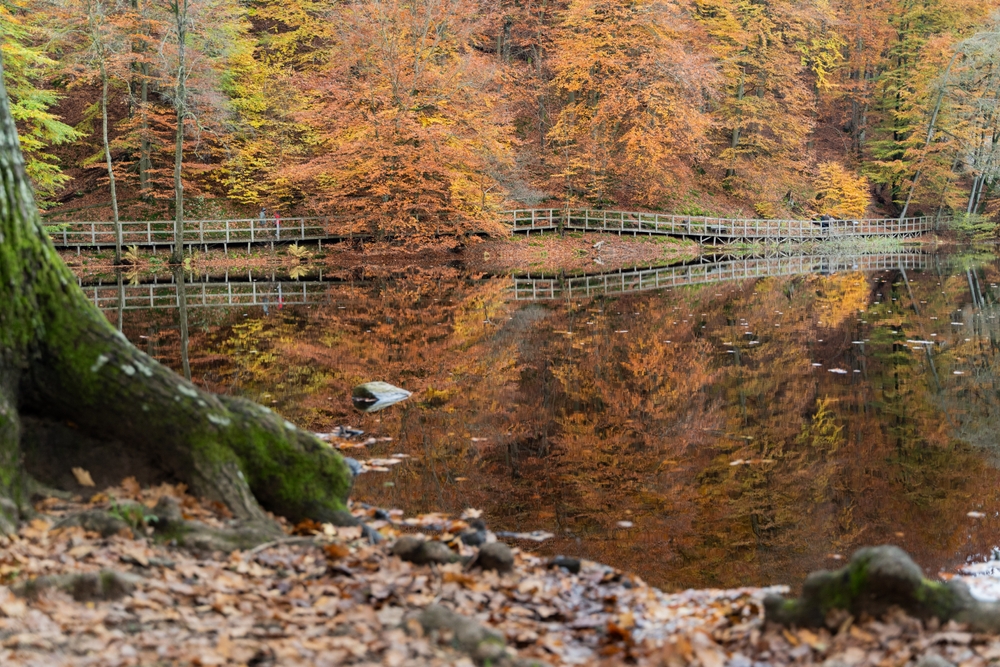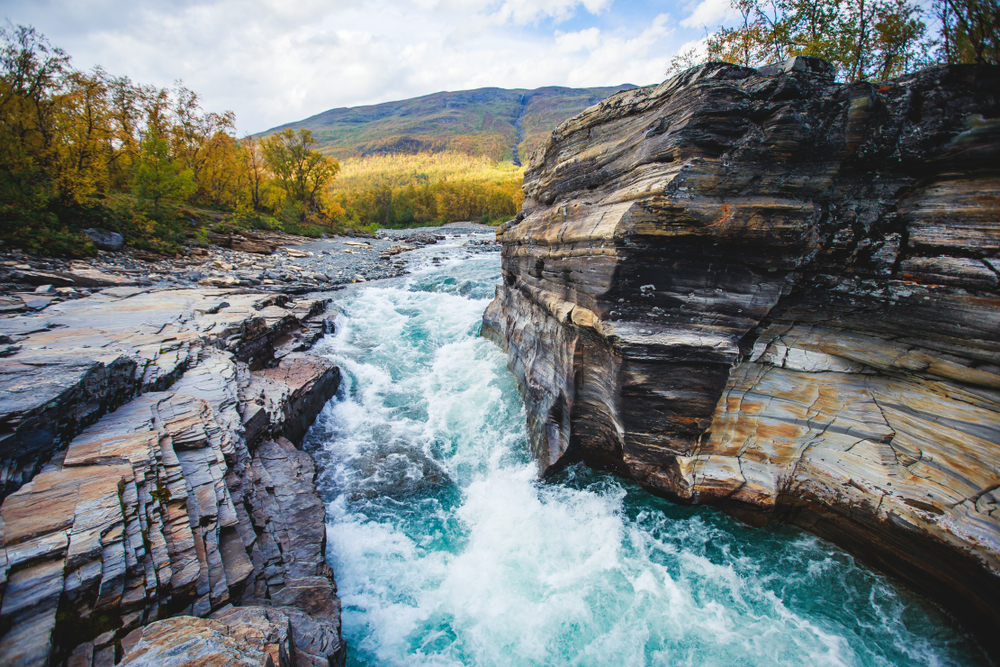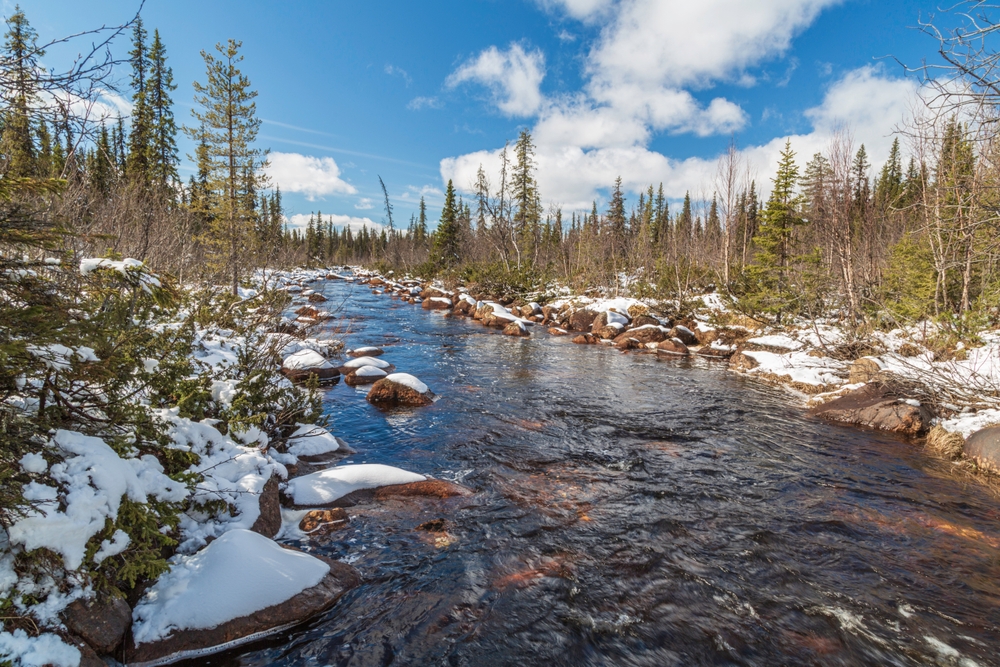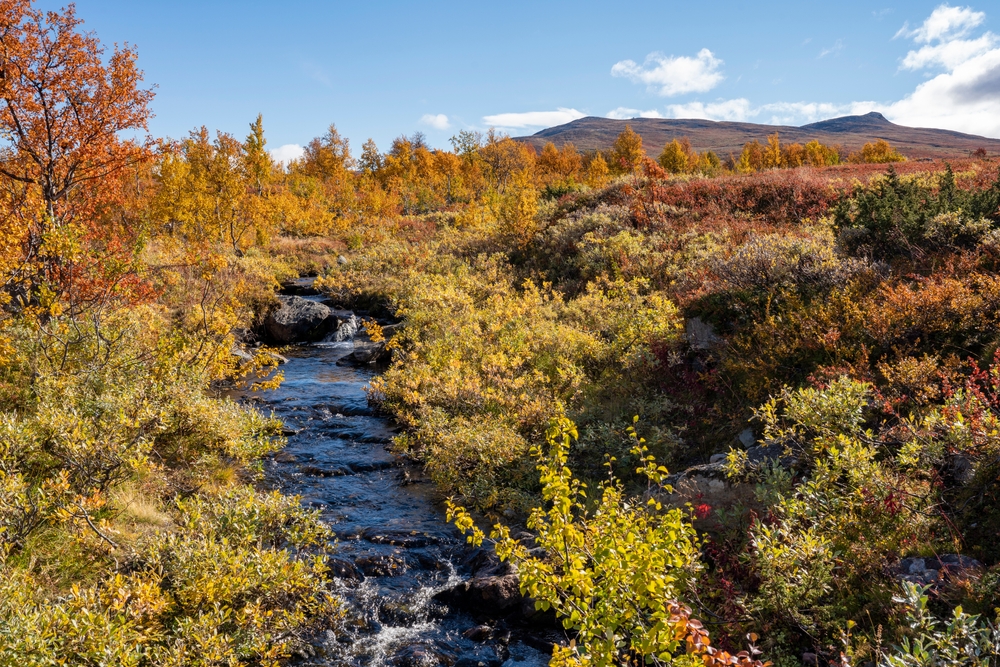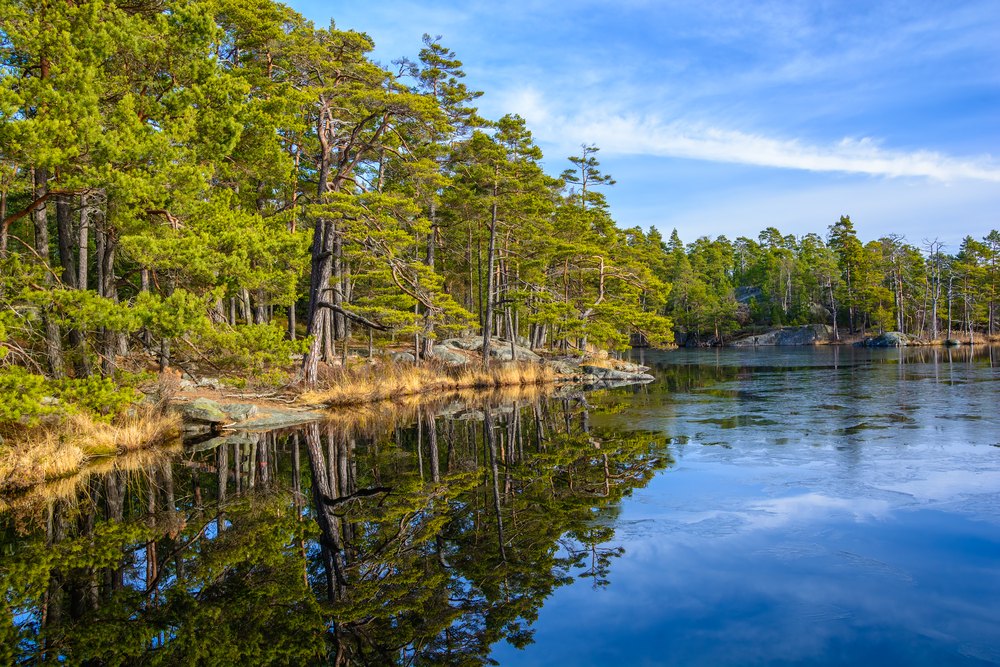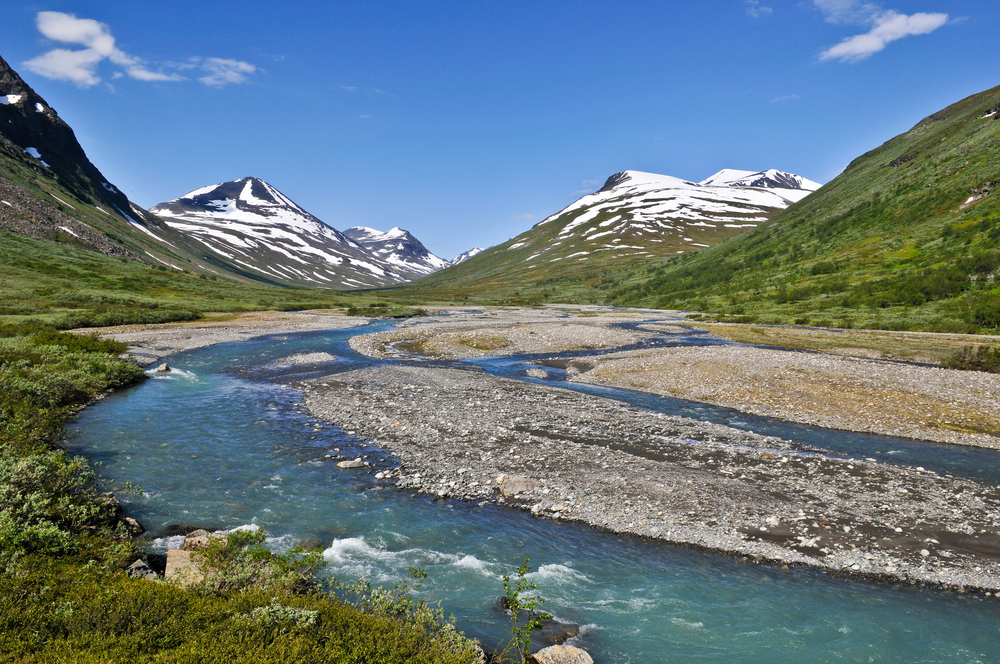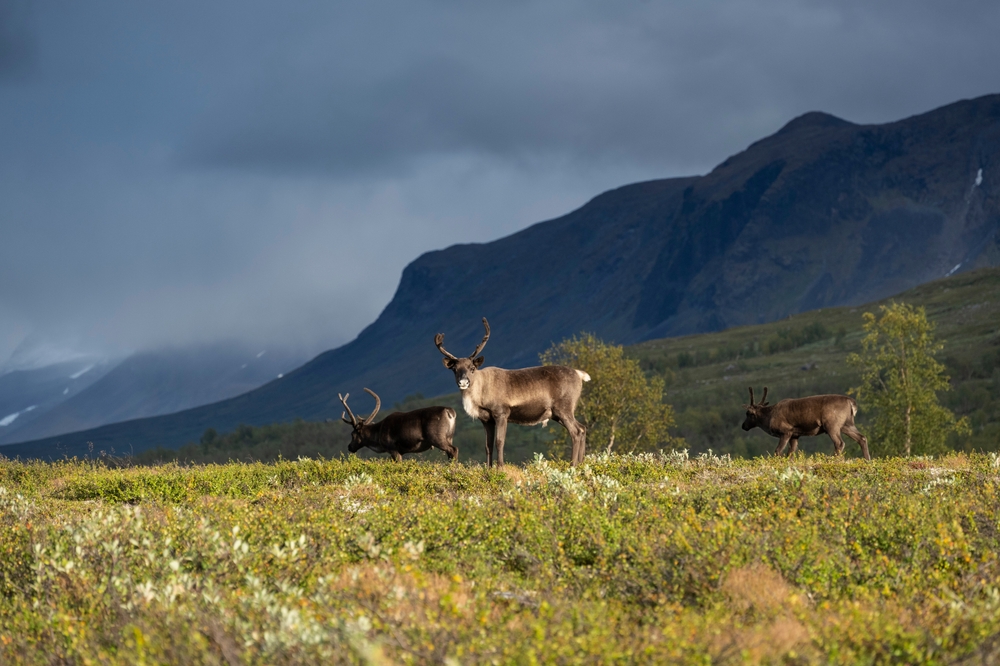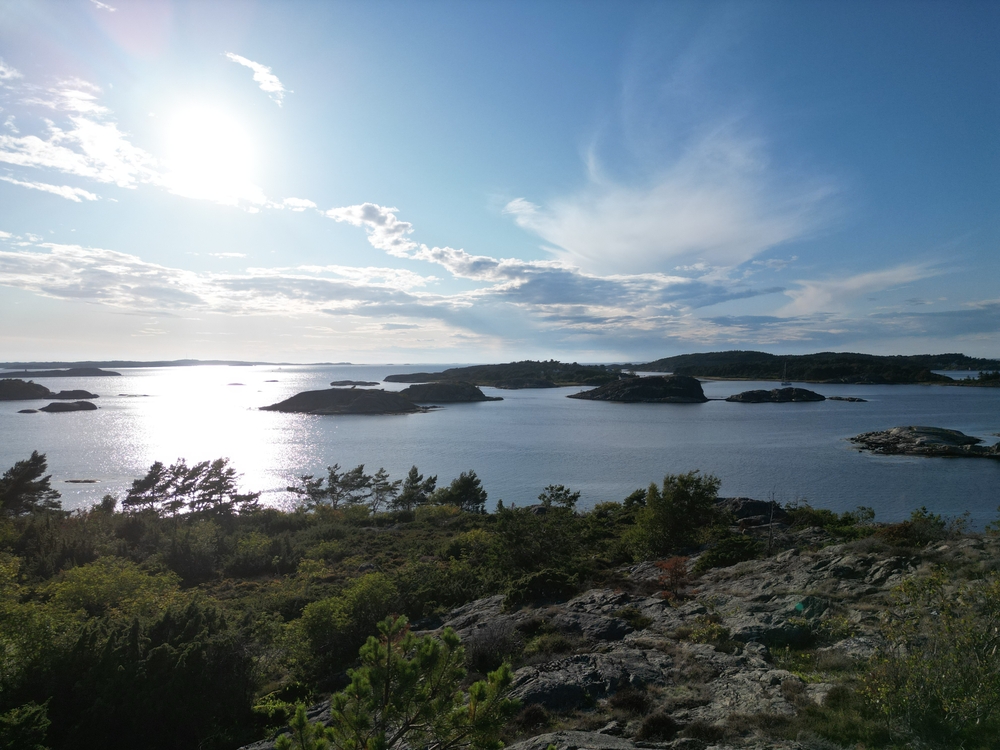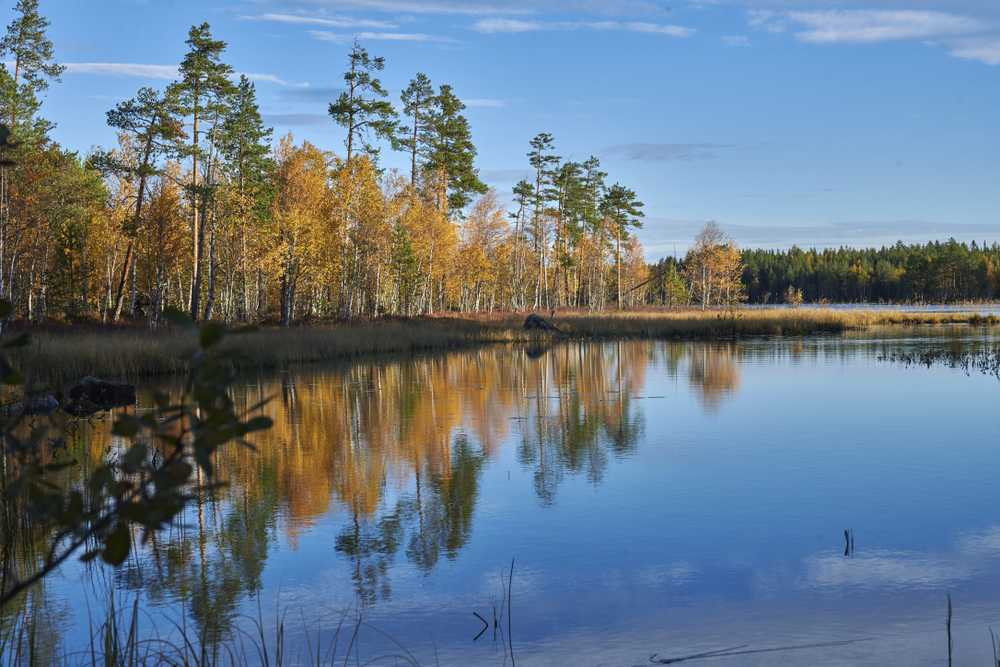Söderåsen Overview
Söderåsen National Park, or Söderåsens nationalpark in Swedish, is located in southern Sweden in Skåne County. Covering an area of approximately 6.3 square miles (16.3 square kilometers), this park is a lush and dramatic landscape dominated by deep valleys, towering ridges, and one of northern Europe’s largest areas of deciduous forest.
The park sits atop Söderåsen ridge, a geological formation created millions of years ago, characterized by steep cliffs, ravines, and rocky outcrops. The highest point in the park, Kopparhatten, reaches 656 feet (200 meters) above sea level and offers breathtaking panoramic views of the surrounding wilderness.
Skäralid Canyon, with its striking rock walls and meandering streams, is a particularly well-known feature of the park, drawing visitors who seek both adventure and tranquility.
The landscape of Söderåsen National Park is rich in beech forests, mixed with oak, ash, and alder trees. These woodlands create a striking display of colors throughout the seasons, from lush green in the summer to vibrant reds, oranges, and yellows in the autumn.
Moss-covered boulders and an undergrowth of ferns, wildflowers, and fungi add to the park’s diverse plant life. The winding streams and small lakes scattered throughout the park provide a vital water source for local wildlife and enhance the scenic beauty of the environment.
Wildlife is abundant within Söderåsen National Park, offering visitors the chance to encounter various species in their natural habitat. The park is home to roe deer, wild boar, red foxes, and the elusive European badger. Smaller mammals, such as hedgehogs and squirrels, are also commonly spotted among the trees.
Birdwatchers will be delighted by the variety of bird species found in the park, including the black woodpecker, Eurasian nuthatch, and several species of owls. Raptors such as the common buzzard and sparrowhawk can often be seen soaring above the ridges in search of prey.
One of the most popular features of the park is the extensive network of hiking trails that allow visitors to explore its dramatic terrain. Trails range from easy walks through beech forests to more challenging hikes that lead to the park’s highest viewpoints, such as Kopparhatten and Hjortsprånget.
The Skäralid Visitor Center serves as a gateway to the park, offering educational exhibits, maps, and information about the area’s geology, flora, and fauna. Many visitors also enjoy canoeing on the nearby Rönne River, which provides a peaceful way to experience the surrounding nature. Cycling and horseback riding are also permitted on designated trails, allowing for diverse ways to explore the park.
Söderåsen National Park is a conservation success story, as it was established in 2001 to protect the unique geological formations and ancient forests from development. The park’s management prioritizes biodiversity and habitat preservation, ensuring minimal human impact on the delicate ecosystem.
One of the key conservation challenges is maintaining a balance between visitor accessibility and protecting the park’s fragile environment. To address this, strict regulations are in place to prevent excessive foot traffic in sensitive areas, and rewilding efforts help sustain native plant and animal populations. Thanks to these conservation efforts, Söderåsen remains one of Sweden’s most ecologically significant and well-preserved national parks.








































































